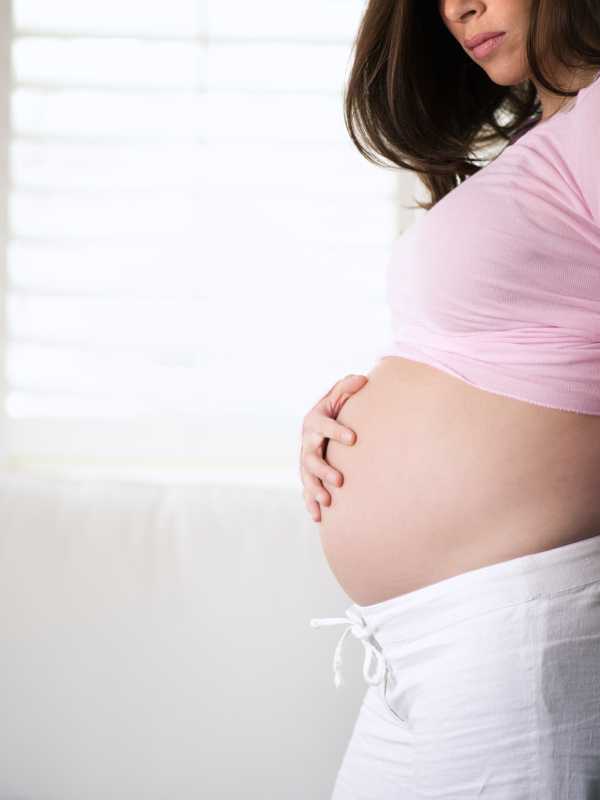PTSD in the Postpartum Period

Posttraumatic Stress Syndrome, also known as PTSD, is an unfortunate consequence of many women's birth experiences. While there are known risk factors, there is not currently a standardized screening method for identifying symptoms of PTSD in the postpartum period. One recent meta-analysis of 78 research studies identified a prevalence of postpartum PTSD as 3.1% in community samples and as 15.7% in at-risk or targeted samples. Risk factors for PTSD included current depression, labor experiences (including interactions with medical staff), and a history of psychopathology. In the targeted samples, risk factors included current depression and infant complications. Other authors have explored the relationships between preterm birth and PTSD, preeclampsia or premature rupture of membranes, and infants in the neonatal intensive care unit.
One of the main concerns of failing to identify and treat for PTSD in the postpartum period is the potential negative effect on the family. High levels of anxiety, stress, and depression may impact not only the mother's health, but also may affect her ability to meet her new infant's needs, or complete usual functions in work and home life. One study suggested that "…maternal stress and depression are related to infants’ ability to self-sooth during a stressful situation." Clearly, healthy moms promote healthy families, and each mother deserves the attention that her new infant often receives from the world!
How can we be a part of the solution? We have previously posted on the blog about screening for depression in the postpartum period. The US Department of Veterans Affairs lists multiple screening tools for PTSD as well. Here's another bit of exciting news: yoga has been identified as a method to reduce symptoms of PTSD. In a randomized, controlled clinical trial, the treatment arm was given 10 weeks (1x/week at 1 hour sessions) of "trauma-informed" yoga, whereas the control group was given information about women's health and self-efficacy in various domains. Interestingly, while both groups showed positive effects from intervention in the first half of the treatment, the yoga group maintained the improvements during the latter half of the study, while the control group relapsed.
You can learn about yoga for postpartum mothers, and learn how to integrate strategies to help heal postpartum symptoms of PTSD this summer at Ginger Garner's Yoga as Medicine for Labor & Delivery and Postpartum. The continuing education course takes place in Seattle, and we still have a few spots left! Don't miss this chance to add more amazing tools to your toolbox in support of women of any postpartum age.
By accepting you will be accessing a service provided by a third-party external to https://hermanwallace.com/





































